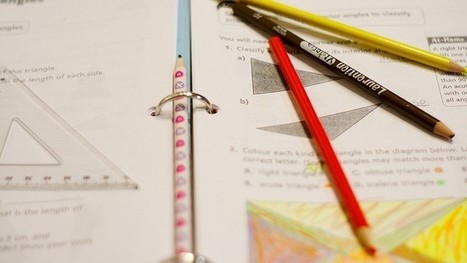Students are more likely to engage with a unit of study they've co-created. Matt Levinson suggests an eight-step example for how the history classroom.
|
|
Scooped by Beth Dichter |
How can we get students more engaged in units of study? What if we design our class so that they have ownership from the beginning of the unit? This post explores this issue, and although the focus is on social studies you could use the same steps in other curricular areas. What are the steps?
1. "Partner students and have them do a speed search on the topic." What can they find in 12 - 15 minutes? Let them generate a list of interest.
2. "Decision by debate." Change partners. Allow them 3 minutes to discuss and rank the topics by interest.
3. "Main characters." Switch partners again. In history you might be looking at key individuals, or key battles in a conflict.
There are five more steps that will help students learn to collaborate, analyze perspectives, co-create with you (as the teacher your job is to make sure that all key areas are covered and help create the framework as well as providing additional input where necessary), and more.
This type of process allows the students to be engaged and have their voices heard from the beginning....a win-win situation in the classroom.



 Your new post is loading...
Your new post is loading...













Designing anything is only worthy if the "end user" has input. This is a brilliant adaptation of that design philosophy. And how can you resist the power in the eyes of this little girl?!
Great work~